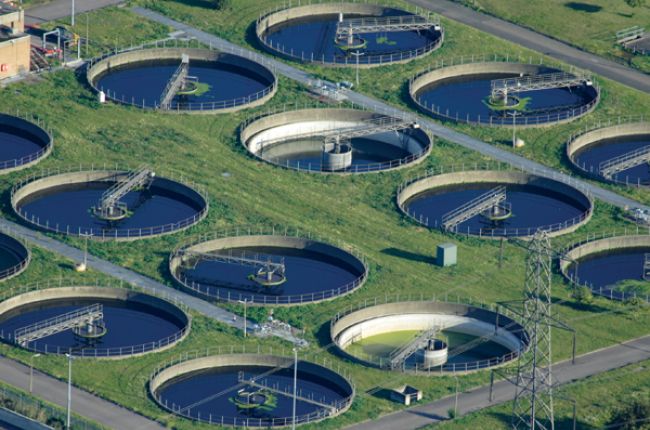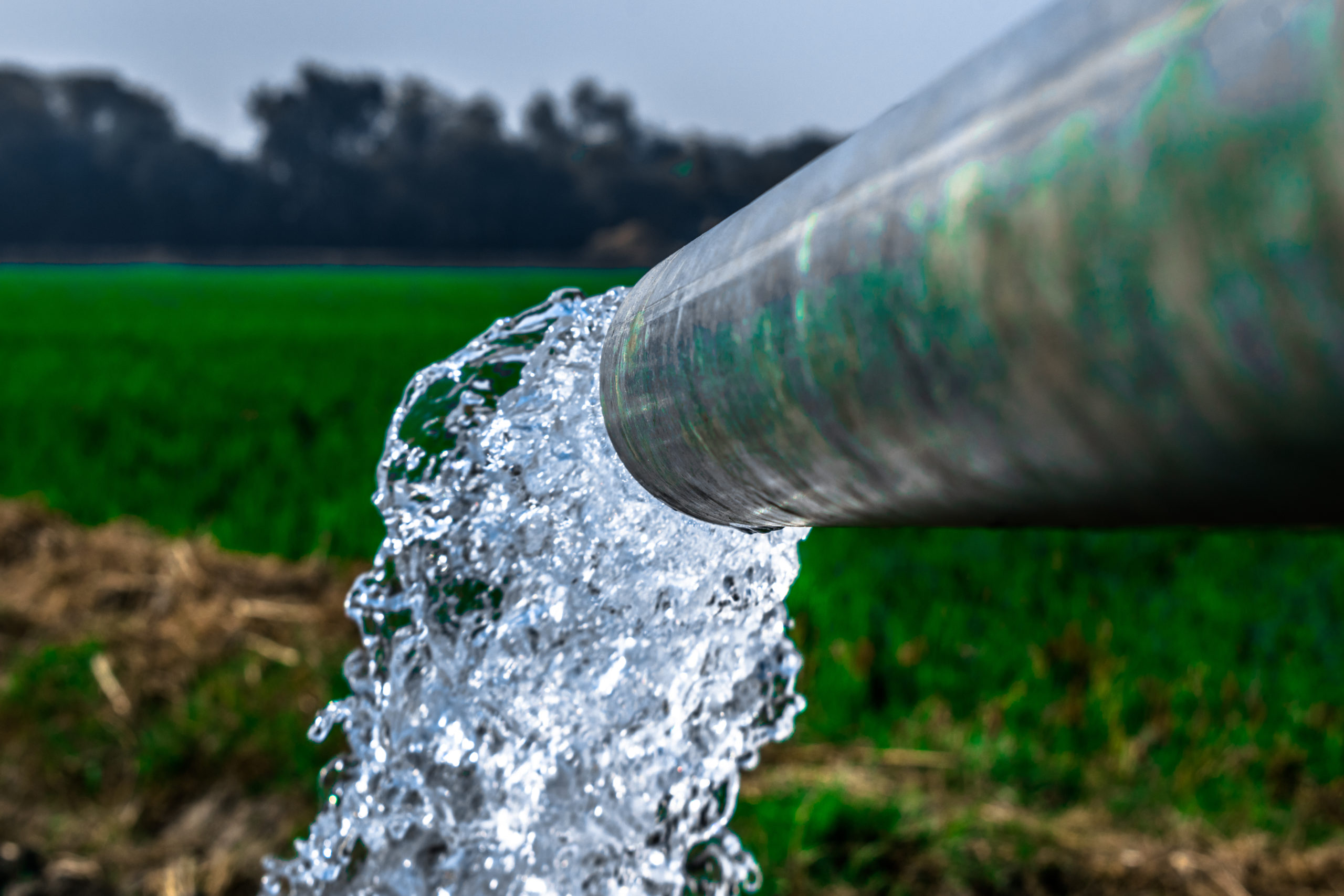Strategic Approaches to Boost Drainage Treatment Performance and Reduce Ecological Influence
In the world of waste water treatment, the mission for enhanced efficiency and minimized ecological effect is a continuous obstacle that demands tactical remedies. The combination of advanced therapy technologies, energy-efficient procedures, resource recuperation methods, enhanced nutrient elimination methods, and clever tracking and control systems stands for a diverse structure for resolving these pressing problems.
Advanced Therapy Technologies
Innovative membrane filtering systems have transformed innovative wastewater therapy procedures, considerably improving the removal of contaminants. These innovative systems function by requiring water through a semi-permeable membrane layer, successfully dividing impurities from the water stream. The membrane's tiny pores catch pollutants such as germs, infections, and put on hold solids, allowing only cleansed water to travel through. This technology has confirmed to be highly efficient in eliminating a wide range of pollutants, consisting of drugs, hefty metals, and organic compounds, which are often challenging to get rid of via traditional therapy techniques.
Additionally, membrane purification systems provide numerous benefits over conventional therapy methods. Additionally, these systems are very versatile and can be conveniently integrated right into existing treatment plants or made use of as standalone systems for decentralized applications.
Energy-Efficient Procedures
The integration of energy-efficient processes in wastewater therapy systems is crucial for maximizing source use and lowering operational costs. One vital strategy to improving power performance in wastewater therapy is the utilization of sophisticated aeration systems, such as great bubble diffusers or surface area aerators, which can enhance oxygen transfer performance and lower power consumption.
Furthermore, optimizing process control and automation with making use of sophisticated sensing units and monitoring systems can enhance overall energy performance by adjusting procedures in real-time based upon real need and problems. Carrying out energy audits and consistently monitoring power efficiency signs are necessary methods to determine areas for improvement and track energy-saving initiatives properly. On the whole, the fostering of energy-efficient processes in wastewater treatment not only profits the setting however likewise contributes to long-term cost savings and functional sustainability.
Source Healing Techniques
With a focus on optimizing source application and sustainability in wastewater therapy systems, the application of resource recovery strategies arises as an essential facet in boosting functional effectiveness. Source healing strategies in wastewater therapy include the recognition and removal of useful resources from the waste stream, consequently transforming what was once taken into consideration waste into a valuable property. By executing source healing techniques such as nutrient elimination and recovery, power generation from organic issue, and the manufacturing of recyclable water, wastewater treatment plants can lessen environmental effect while maximizing performance.

Enhanced Nutrient Removal Strategies
Applying sophisticated nutrient removal techniques is important for optimizing the efficiency of wastewater therapy systems. Improved nutrient removal plays an important function in reducing the environmental influence of treated effluent released right into water bodies. next page One of the vital methods used for boosted nutrient elimination is the process of organic nutrient elimination (BNR), which includes the elimination of nitrogen and phosphorus with biological processes. This can be achieved via the usage of specialized bacteria that can convert nitrogen compounds right into inert nitrogen gas through denitrification, and accumulate phosphorus within their cells via a procedure called boosted organic phosphorus elimination (EBPR)

In enhancement to BNR, progressed therapy approaches such as membrane layer bioreactors (MBRs) and built wetlands can likewise be utilized to improve nutrient removal efficiency. By incorporating these advanced nutrient elimination strategies right into wastewater therapy sectors, communities and systems can properly lower nutrient air pollution and secure the atmosphere.
Smart Tracking and Control Systems
Utilizing advanced innovation, the integration of smart surveillance and control systems reinvents the operational efficiency of wastewater therapy centers. These systems integrate advanced sensors and information analytics to constantly keep an eye on crucial specifications such as pH degrees, turbidity, dissolved oxygen, and circulation prices in real-time. By accumulating and examining this information, operators can get beneficial understandings into the performance of the therapy processes, enabling positive changes to maximize treatment efficiency.
Smart surveillance and control systems also sustain remote monitoring capacities, allowing drivers to access real-time information and control features from here off-site places. This remote availability enhances operational adaptability and responsiveness, enabling quick treatments in situation of system breakdowns or fluctuations in influent high quality. The anticipating upkeep capabilities of these systems assist protect against equipment failures and reduce downtime, inevitably boosting the overall reliability of wastewater treatment procedures.
Verdict
To conclude, critical strategies such as advanced treatment innovations, energy-efficient procedures, resource healing methods, boosted nutrient elimination techniques, and smart surveillance and control systems play a critical function in boosting wastewater treatment efficiency and lessening ecological impact. By applying these methods, wastewater therapy plants can boost their general efficiency, reduce energy intake, recover beneficial resources, and guarantee conformity with ecological regulations. These approaches are vital for lasting and reliable wastewater monitoring practices.

In verdict, tactical strategies such as advanced therapy technologies, energy-efficient processes, source recovery approaches, enhanced nutrient elimination strategies, and wise surveillance and control systems play an important duty in enhancing wastewater therapy efficiency and reducing ecological impact.